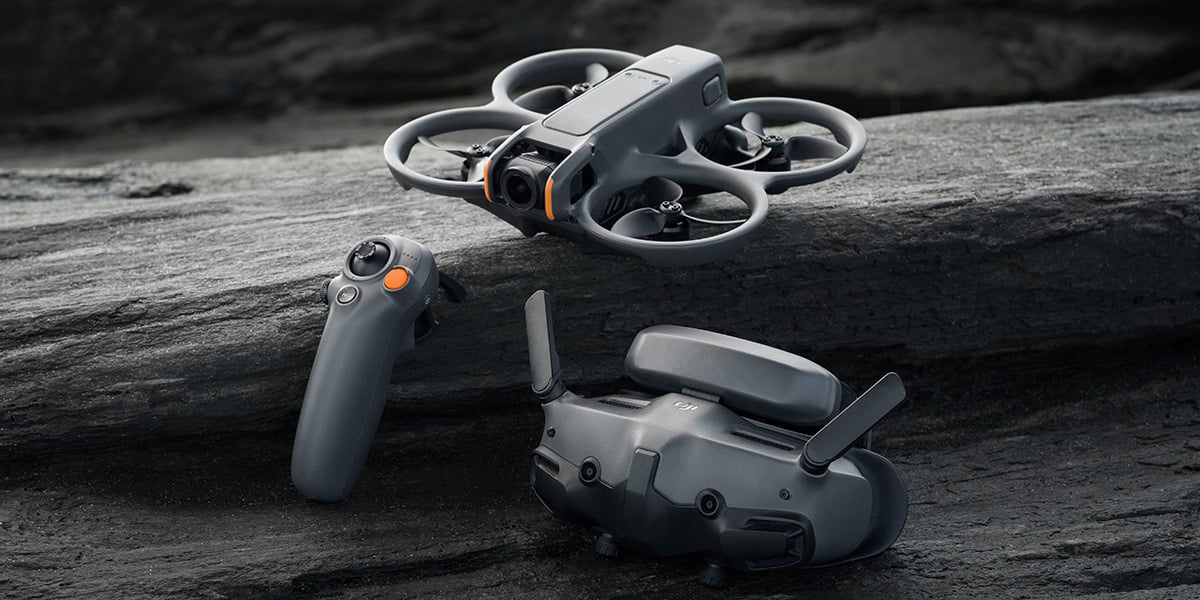Embrace the Thrill with the DJI Avata 2

With the new DJI Avata 2, you can embrace a new era of FPV flight. With an incredible FPV camera, you can capture mind-blowing 4K footage and create immersive POV content. The new and improved battery supports 23 minutes of flight time, and the Two-Way Charging Hub has a power accumulation function, which transfers the remaining power from multiple batteries to the one with the highest charge level, giving you an "extra battery” when you need it most.

With improved imaging, safety, and increased battery life, you can truly live out a cockpit experience. The Avata 2 comes with the new DJI Goggles 3 and DJI RC Motion 3; the DJI Goggles 3 now has Real View PiP (Picture-In-Picture), which allow you to view your surroundings without removing the goggles, increasing safety during flight. Combined with the enhanced stability of the DJI O4 video transmission, you can fully immerse yourself in each flight. The Avata 2’s two-transmitter, four-receiver, four-antenna design ensures strong anti-interference performance, and just over 8 miles of transmission distance, with a low latence of 24 ms, 1080p/100fps high-definition image quality, and a maximum transmission bitrate of 60Mbps. Got fans? Users can watch the DJI Goggles 3 live feed from the Avata 2 on the DJI Fly App and connect up to 16 ft away.
The new DJI RC Motion 3 allows beginner pilots to now perform flips, drifts, and other captivating maneuvers. You can dive, soar, and roll for stunning aerial footage with a single push. Had a first-timer accident? No worries— the DJI Avata 2 has “Turtle Mode” which allows the drone to flip itself over; the updated integrated propeller guard design of Avata 2 makes it lighter and more agile, enabling it to navigate freely in tight spaces.
The DJI Avata 2 has a 155° FOV capturing aerobatic shots and dynamic low-altitude shots that other drones can't. With the upgraded 1/1.3-inch image sensor, the Avata 2 captures a greater dynamic range, handling low-light conditions more effectively.
For enhanced safety, the automatic Return to Home (RTH) function is initiated when the drone's battery is low or in case of signal loss, adding an extra layer of security and the new binocular fisheye sensors enable downward and backward visual positioning during low-altitude and indoor flights to help mitigate the potential for crashes.
Sharing the excitement of FPV just got easier, and learning how to fly is more accessible than ever— are you ready to embrace the thrill? You can see the series here or check out our unboxing video.
